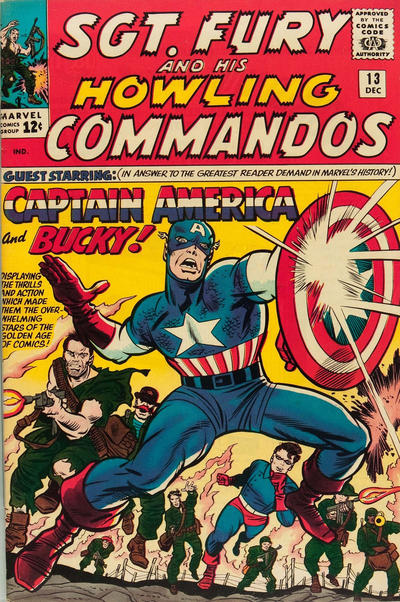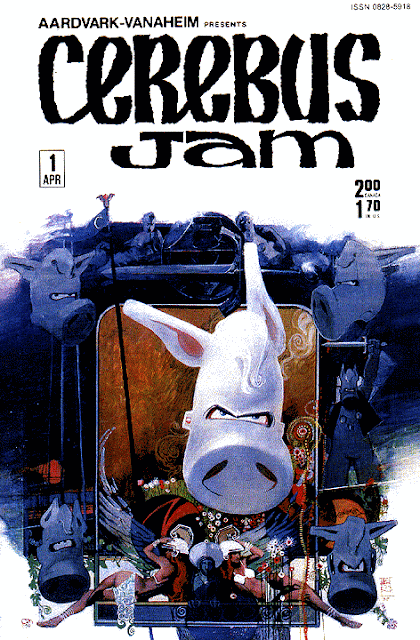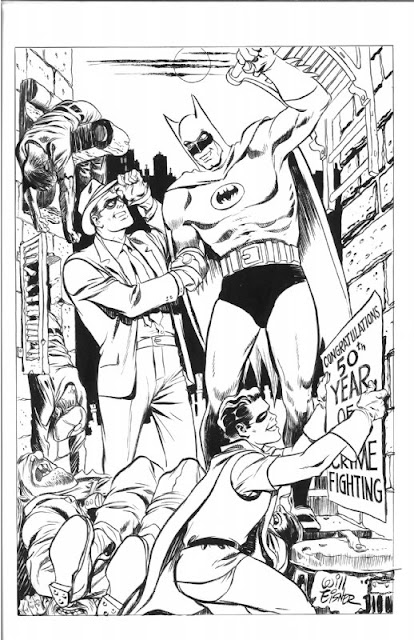Captain America is truly an icon. Since his debut in 1941 in the pages of Captain America Comics #1 by Joe Simon and Jack Kirby he and his sidekick Bucky have been part of the fabric of comic books and popular culture. Later of course Cap is defrosted and put into the middle of the Marvel Universe concocted by Stan Lee and Jack Kirby and others. He goes on to have a reliable partner in The Falcon, and he becomes the go-to leader of the Avengers. Cap's comics have been among the most dynamic in history because they were drawn by Jack Kirby. Here are some of those classic covers from across nearly four decades.
In the face of autocratic anti-democratic forces, it's even more important to recognize the fight for liberty.
Rip Off


.jpg)














































































